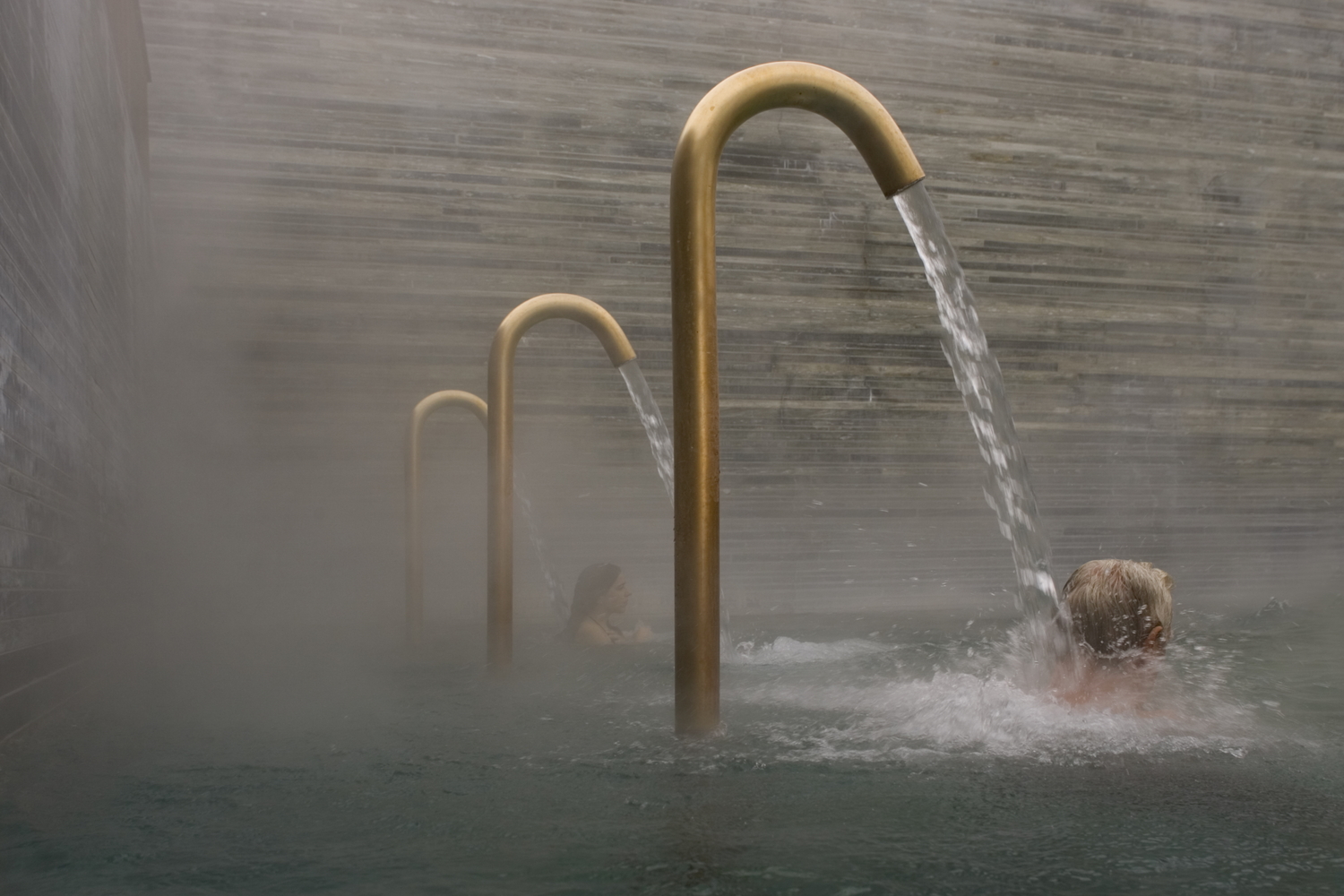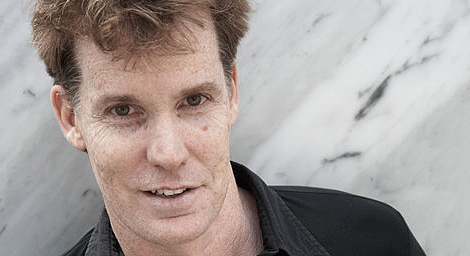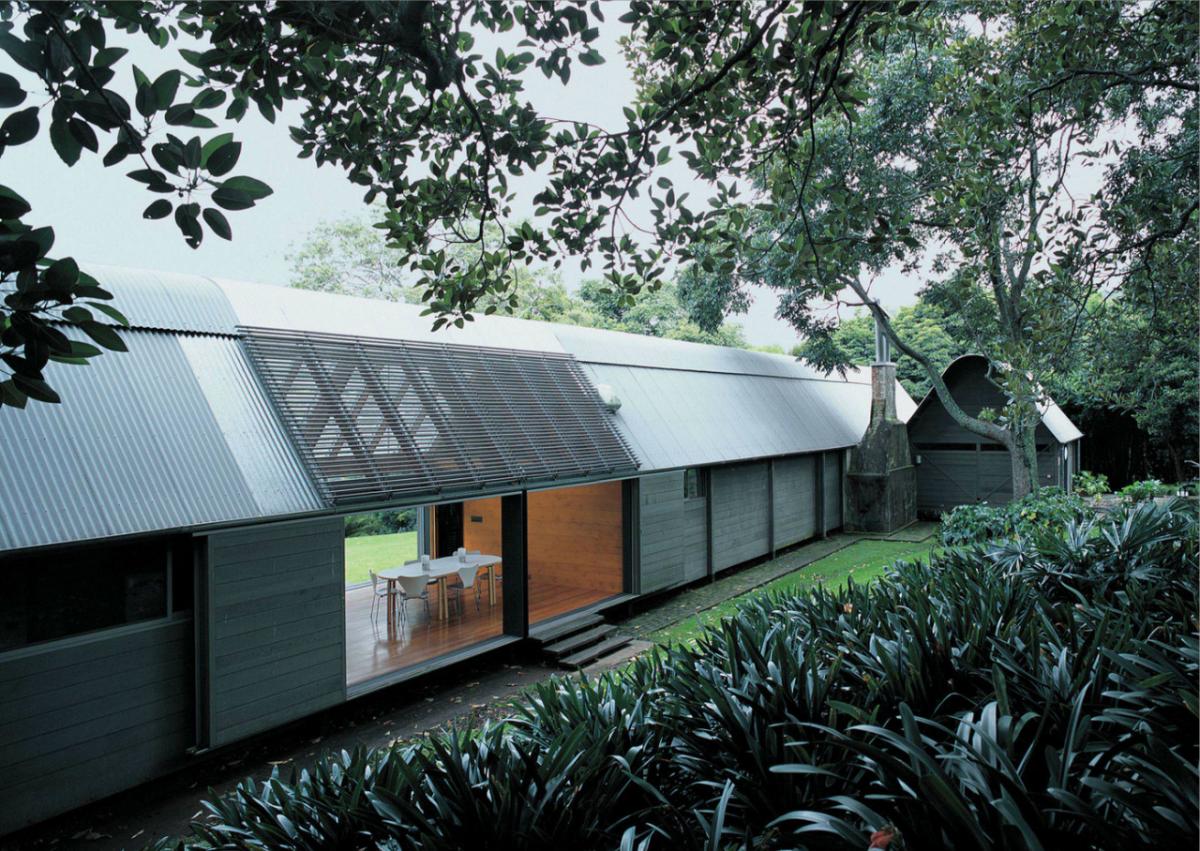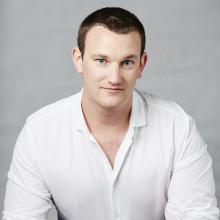
Ken McBryde is a Principal at HASSELL and a design leader at the Sydney studio. Drawn to complex design challenges that demand innovation, he is also driven by a strong commitment to social and environmental sustainability. The self-confessed “architect of adventure” is consumed by the theory and execution of sustainability and materials technology. Here, he gives his views about various prominent architects from around the world and the greatest architect of them all, Mother Nature.
STEVE NAPIER: Peter Zumthor, to me, is one of the absolute modern-day greats...
KEN MCBRYDE: That’s about the poetry of materials—absolutely brings tears to the eyes. He’s not trying to do too much, but he does it extremely well. There’s soul for you. [See topmost photo: Peter Zumthor, architect; Fernando Guerra, photographer]
SN: Beyond being a great speaker, I find Bjarke Ingels very inspirational. Did you meet him when he came to Sydney?
KM: No, he was collaborating with HASSELL before I joined, but I saw him present in New York in October, the first time I’ve seen him in action. Incredibly strong presenter. I think he’s a supreme presenter of ideas, an articulator of ideas. Clearly, he’s able to succinctly think around issues and present them very powerfully. That’s a seriously big challenge in getting ideas over the line. Can you develop an idea that’s really well founded, and can you get buy-in from the entire team? Bjarke is able to get people to understand ideas extremely successfully. Hats off!
SN: Different movements always have a certain figure who pioneered them, and I do wonder if Bjarke captures what is going on today.
KM: That’s probably a reasonable assessment—the power of the diagram, if you like. The thinking has got to be behind the diagram, and I think he’s been a huge influence on a generation of architects. He influences the way we communicate. BIG are not the only ones doing it, but they are probably one of the most successful. He communicates things in a beautiful and well-presented way.

A generation ago, I remember Norman Foster’s work in a similar way—just very simple hand sketches explaining the rationale leading to an idea. Oh my God, how else could it be? Why would it be any other way? That’s the beauty of the diagram, that clarity of thinking. It comes from an understanding; it comes from research.
The test will be if the diagram was so convincing, if the idea was actually a gimmick. Is it genuinely well-founded thinking, or is it an incredibly successful marketing campaign?
SN: How important is materiality?
KM: If we go back to the Zumthor, for example, I imagine to him it would be of the highest priority. If I were to be working on a project with timber or basic stone, then we’re looking to actually find the beauty and essence of that material—how would it work to support the underlying idea of the project? A thorough exploration of materials is a pretty good place to start. If you combine a limited palette of materials the way a craftsman might, it’s not a bad guide toward making a fine architectural work.
SN: What do feel are the major drivers of Australian architecture?
KM: Always, Australia is a frontier country. So we are always driven by practicality and budget. We don’t have patrons of the art supporting architecture as commonly as you do in Europe. The Wharf building behind you there is clad in tin because they had limited access to timber during the war. The lightest, most efficient way to cover a building at the time was corrugated iron. That’s why Australians love it.

2002 Pritzker Architecture Prize and 2009 AIA Gold Medal.
Glenn Murcutt made it famous. Some of his buildings, of course, were done for quite wealthy clients on a high budget. They’re beautifully crafted and considered but using an Australian vernacular that he brought into international prominence. He used our traditional materials in different ways with the hand of a craftsman.
SN: I’ve noticed some really interesting architectural projects coming out of Vietnam.
KM: That is absolutely correct. I have spent a fair bit of time there and saw Vietnam becoming a really big manufacturing destination. To compete for workers and to attract talent, we created better workplaces. I designed a two very large factories focused on talent attraction and retention—with natural light and ventilation; outlook; social spaces; and well-positioned, comfortable facilities. They were still low low-budget projects—but it causes us to work harder and be more creative.
SN: Are there any particular things that fascinate you?
KM: Energy. Generally, I am always looking to better understand the way nature works. Like, let’s say, how nature generally deals with forces—wind, earthquakes, and energy, for example.
The way birds’ feathers interlock or spiderwebs absorb impact is absolutely fascinating. As we get down to a nano-level of the understanding of nature, insights will bring us a lot of inspiration in our work.
The way humans build is by resisting force instead of working with it, and that has to change. It’s been a fascination of architects for a long time, since Viollet-le-Duc, for example, was looking at the structure of leaves and bones and how that might inform his work with the efficiency of cast iron.
It’s clearly essential that we understand the way the planet works, and that we work with it, not against it. We regenerate, not take away. We give not take. This has to be an underlying preoccupation for architects moving forward. ![]()
• An Interview with Ken McBryde, Part 1
• An Interview with Ken McBryde, Part 2
• An Interview with Ken McBryde, Part 3

